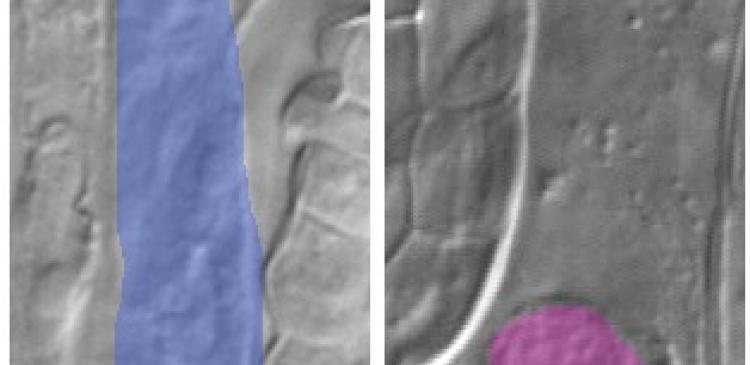Researchers determined that genetic cues from both maternal and paternal genes are required for plants to develop properly.
A team of researchers led by Nagoya University’s Institute of Transformative Bio-Molecules (ITbM) has uncovered a clear example of plant parents working together to ensure their offspring develop properly.
The researchers determined that proteins derived from maternal and paternal genes work together to ensure the fertilized egg, or zygote, divides asymmetrically. This first division into a short, top cell and long, bottom cell is critical for the plant to develop properly. The top cell goes on to become the flower and leaves, while the bottom cell becomes the roots. This parental cooperation was surprising because parental genes are also in direct conflict with each other during seed development.
Several different males can fertilize eggs within the same plant, prompting competition for nutrients. Paternal genetic cues aim to maximize nutrients for individual eggs, whereas maternal genetic cues aim to spread nutrients evenly amongst all the eggs. "Although parental conflict in nutritive tissues has been known before, it has remained a mystery whether the parental factors counteract or cooperate with each other in the zygote," says Minako Ueda, a lecturer at ITbM who led the study.
"Since starting this investigation in 2011, we were able to show that the plant's mother and father actually cooperate in their offspring’s development." Specifically, the team found that a protein from the male plant called short suspensor (SSP) activates a protein in the zygote called WRKY2, which can be derived from both paternal and maternal genes. This WRKY2 protein helps activate a gene called WOX8, which then produces proteins that regulate the zygote’s asymmetrical cell division.
Furthermore, the team discovered that proteins within the egg cell from the female, called HDG11 and HDG12, must also be present to help activate WOX8. When the scientists knocked out both these maternal and paternal genetic cues, not enough WOX8 proteins were produced and the zygote failed to develop properly. Instead of dividing asymmetrically, it divided into two equal cells and quickly died.
This “could be either the consequence of the defective zygote or due to additional functions of these genes in specifying later events in embryo development,” the researchers say in their study, published in the journal Genes and Development.
Understanding the complex regulatory network within a tiny plant embryo could help scientists synthesize artificial WOX8 proteins to grow hybrids from plants that might not otherwise breed together due to lack of proper cooperation between maternal and paternal genes.
Further information
Dr Minako Ueda
E-mail: [email protected]
Institute of Transformative Bio-Molecules (ITbM)
Nagoya University
-------------------------
Asia Research News is our annual magazine to highlight exciting research studies from our partners.




